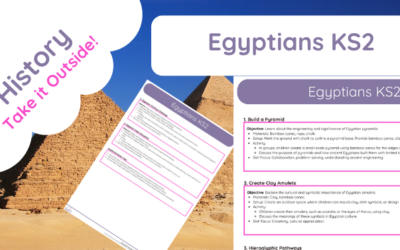Phase 5 Phonics Parachute Games – Active Learning for Confident Readers Take Phase 5 phonics outdoors with our...
Phase Four Phonics Games (Parachutes)
Feb 10, 2025
Phase 4 Phonics Parachute Games – Active Learning for Confident Readers Take Phase 4 phonics outdoors with Parachute...
Phase 2 Phonics Games (Parachute)
Feb 10, 2025
Phase 2 Phonics Outdoor Parachute Games – Active Learning for Early Literacy Bring Phase 2 phonics to life with our...
Parachute Games Phase One
Feb 9, 2025
Parachute Games for Phase 1 Phonics – Engaging, Active Learning Outdoors Transform early phonics learning into an...
Phase 6 Phonics Football
Feb 9, 2025
Introducing Phase 6 Phonics Football Outdoors—an innovative educational program that seamlessly integrates advanced...
Phase 5 Phonics Football
Feb 9, 2025
Introducing Phase 5 Football Phonics—an innovative educational resource that seamlessly blends the excitement of...
Football Phase Five Phonics
Feb 6, 2025
Football Phase 5 Phonics Activity Pack An Active and Engaging Way to Learn Phase 5 Phonics The Football Phonics Phase...
Football Phase 4 Phonics
Feb 6, 2025
Football Phase 4 Phonics Activity Pack An Active and Engaging Way to Learn Phonics The Football Phase 4 Phonics...
Phase 2 Flash Cards
Feb 6, 2025
Phase 2 Flashcards – Fun & Interactive Learning in Nature! Take phonics learning beyond the classroom with our...
Outdoor Symmetry Lessons
Feb 4, 2025
Outdoor Symmetry Lessons – The Muddy Puddle Teacher Make Symmetry Come to Life in the Great Outdoors! Transform the...
Football Phonics Games (Phase 3)
Feb 4, 2025
Football Phonics Games – Phase 3 Make Phonics Active, Engaging, and Fun! Football Phonics Games – Phase 3 is designed...
Football Phonics Games Phase 2
Feb 4, 2025
Football Phonics Games – Phase 2 brings phonics to life through movement, play, and outdoor learning. Designed by The...
Debating Lesson Ideas KS2
Jan 4, 2025
Debating Lesson Ideas for KS2: Engage Young Minds Through Thought-Provoking Discussions Product Description: Transform...
Debating Lesson Ideas KS1
Jan 4, 2025
Debating Lesson Ideas for KS1: Fun and Engaging Activities for Young Thinkers Product Description: Empower young minds...
P4C Nature Based Lesson Ideas
Jan 4, 2025
P4C Nature-Based Lesson Ideas: Inspiring Philosophical Inquiry Outdoors Product Description: Transform your teaching...
ASD Intervention – Emotional Regulation Programme
Dec 30, 2024
ASD Intervention – Emotional Regulation Programme Empower children with Autism Spectrum Disorder (ASD) to better...
Egyptians KS2
Dec 30, 2024
Egyptian-themed Outdoor Lessons for KS2 Transform learning about Ancient Egypt into an engaging outdoor adventure with...
ASD Intervention Programme (Social Skills)
Dec 30, 2024
ASD Intervention Programme : Outdoor Lessons Using the Muddy Puddle Teacher Approach for Autistic Children The Muddy...
New In

Outdoor Learning Ideas (Ropes) KS1

Outdoor Learning Ideas using Ropes (EYFS)

10 Outdoor Valentines Day Lesson Ideas

10 Outdoor VE Ideas – KS1

10 Outdoor Ideas for VE Day – EYFS

100 Outdoor Learning Ideas

Year 1 Punctuation (Rope Method)

Nature Flash Cards (Outdoor Learning) – Non-Verbal Cue Cards

Outdoor Learning I Spy & Talk



















